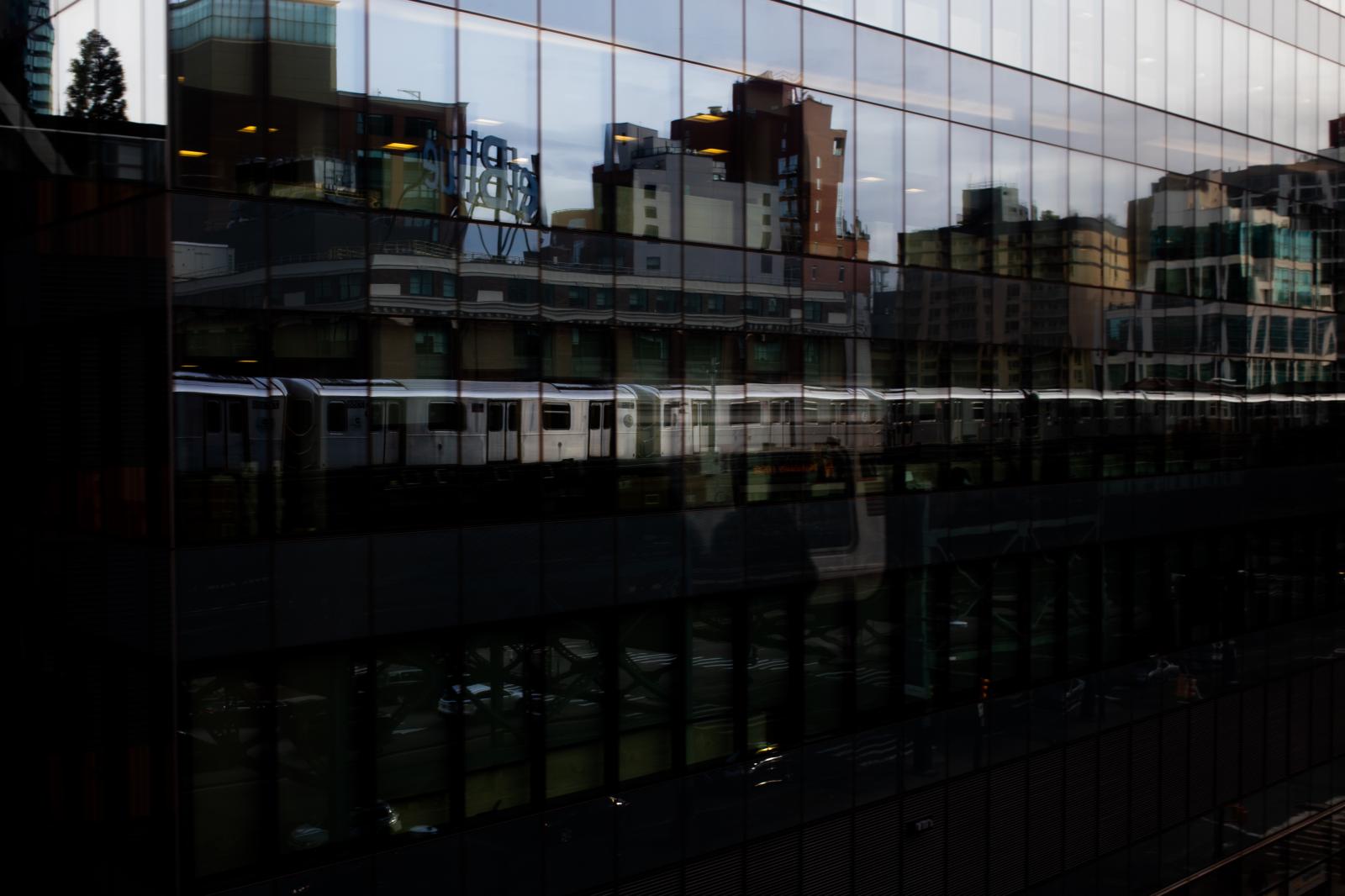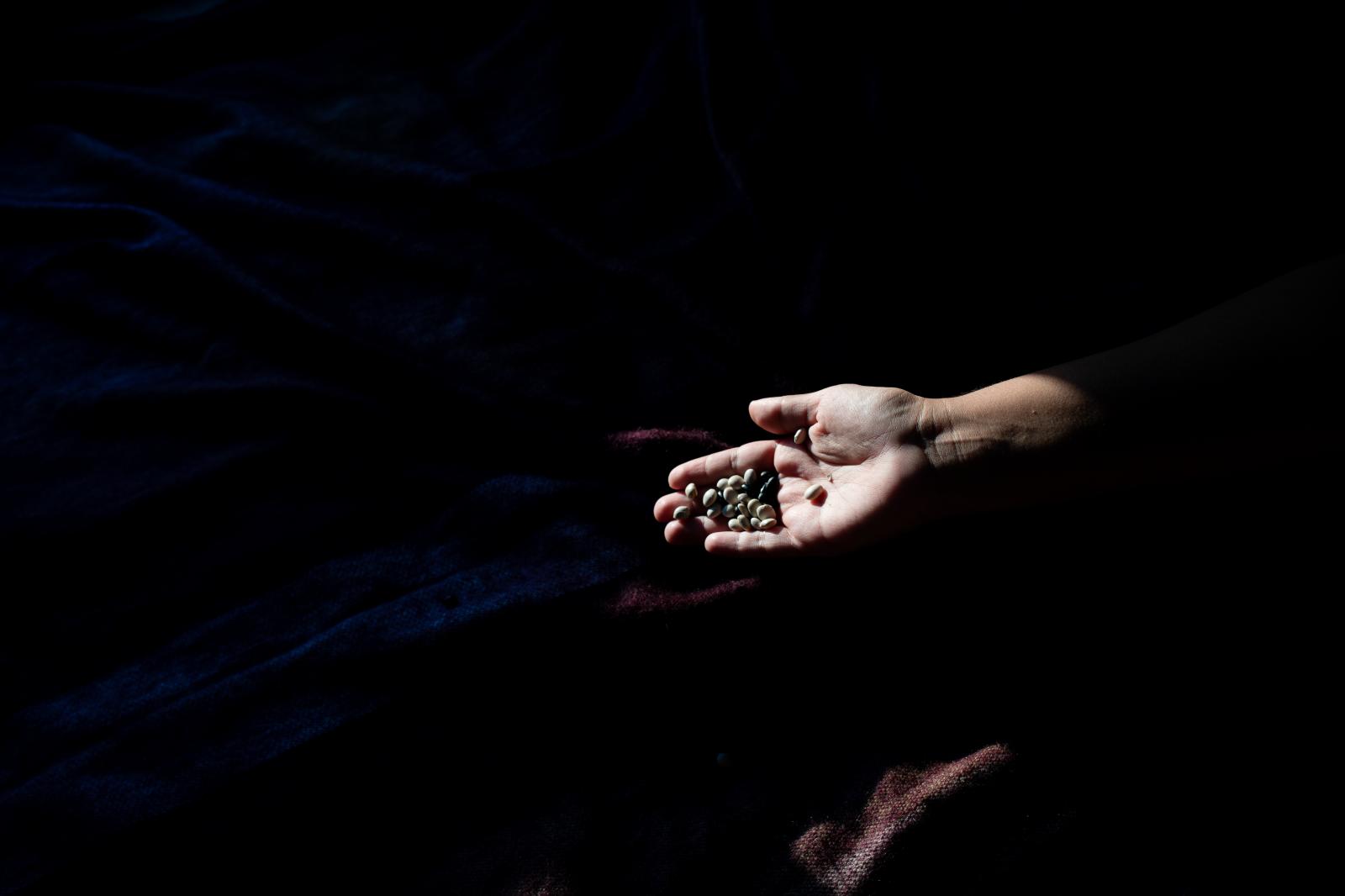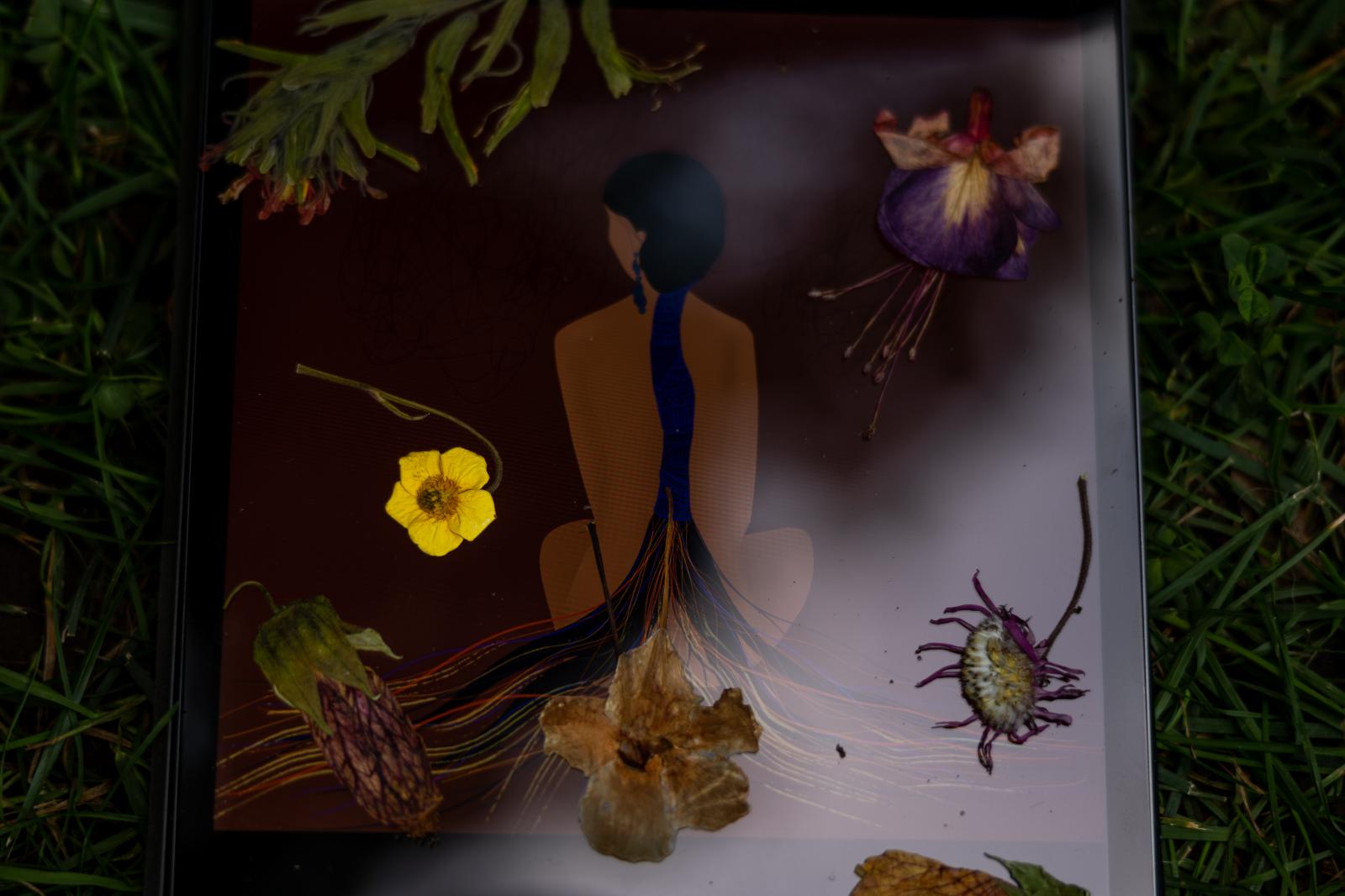Private Story
Runa Kawsay (Edited)
Summary
Runa Kawsay is a transmedia long-term project that explores indigenous identity, sense of belonging, and through personal histories of the Kichwa community in Turtle Island reclaims the history of Kichwa migration.
Unlike western notions of nationhood, defined by one’s pertinence to a sovereign nation-state, nationhood for indigenous peoples has historically been defined by one’s identity and kinship as it stands the test of time, space, and colonization. For some Kichwa communities of Ecuador, for example, physical movement is an integral practice necessary to sustaining traditional practices that define Kichwa identity.
Today, Kichwas are calling Turtle Island (US & Canada) home and, in the process, redefining traditional and western concepts of belonging by tapping into ancestral knowledge and the history of resistance by Black and Indigenous stewards of these territories.
The Kichwa community is the largest indigenous population in Ecuador, related in history and in language to the Quechua population of the Andean region that totals 10-12 million in population size today. Kichwa migration to Turtle Island can be defined by four key waves since the 1960s, with each subsequent wave representing a more sizable population of Kichwa migrants through today.
Although small, the earliest waves of migration came to define the presence of Kichwas on Turtle Island and set the path for future generations of migrants and a diaspora in the making. Today, there is a new generation of Kichwas, raised in the diaspora, both "from here and from there", who are weaving the experiences and stories of migration and identity through activism, art, and cultural production. A diaspora is characterized as the dispersal of a people from their native territory. In the case of the Kichwa diaspora, we are continuously redefining what it means to maintain ties to a Kichwa nation while constructing “home” outside of our traditional territories.
For Kichwas in the US and Canada, our territories are linked with the histories and struggles of black and indigenous peoples who have stewarded these lands before us and resisted colonial violence in all its forms. Through traditional modes of kinship and care, the Kichwa diaspora is ensuring that the homes we create for future generations not only reflect the teachings of our ancestors but also the movements that have paved the way for our communities as indigenous migrants to thrive while continuing to question the systems in power.
Runa Kawsay, by Eli Farinango, is the documentation of these processes as we live it. As the Kichwa diaspora finds its voice, Eli is ensuring that we, as a community, are collectively honoring the historic moment in which we live. Moving away from traditional or romantic narratives about migration, Eli’s work aims to deconstruct how we view and share our own personal narratives.
As its title suggests, Runa Kawsay is a term used colloquially in Kichwa to refer to the culture that sustains us as runas (“human beings” in Kichwa/Quechua). As a Kichwa diaspora we are constantly nurturing the culture that is passed down to us while never being afraid to embrace the everyday moments that define our generation’s experiences and narratives. Through her visuals, Eli takes us into the most intimate moments of those experiences and is not afraid to interject with reminders of our past through the use of archives. The archives remind us that this story of migration and belonging is one that is in constant construction and spans across generations. As a new generation of the diaspora, it is our role to ensure that we continue constructing our own narrative while never forgetting the weight that these narratives have had historically on our bodies. Eli’s work reminds us that it is important that these journeys toward belonging and finding community become as much about collective healing as they are about finding our voice. (Text by: Charlie Uruchima)



























